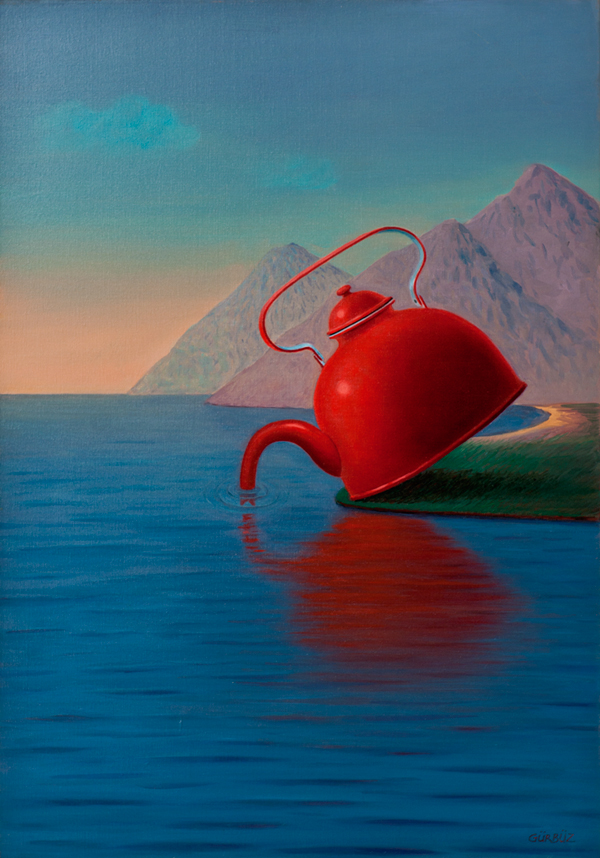Gürbüz Doğan Ekşioğlu was born in Mesudiye in Ordu Province, Turkey. He studied graphics at the State College of Fine Arts in İstanbul named Marmara University Faculty of Fine Arts today, where he is still teaching as an assistant professor.
He has been drawing cartoons since 1977 and holds a total of 64 awards, 23 of which are international.


.jpeg)























.jpg)
.jpg)